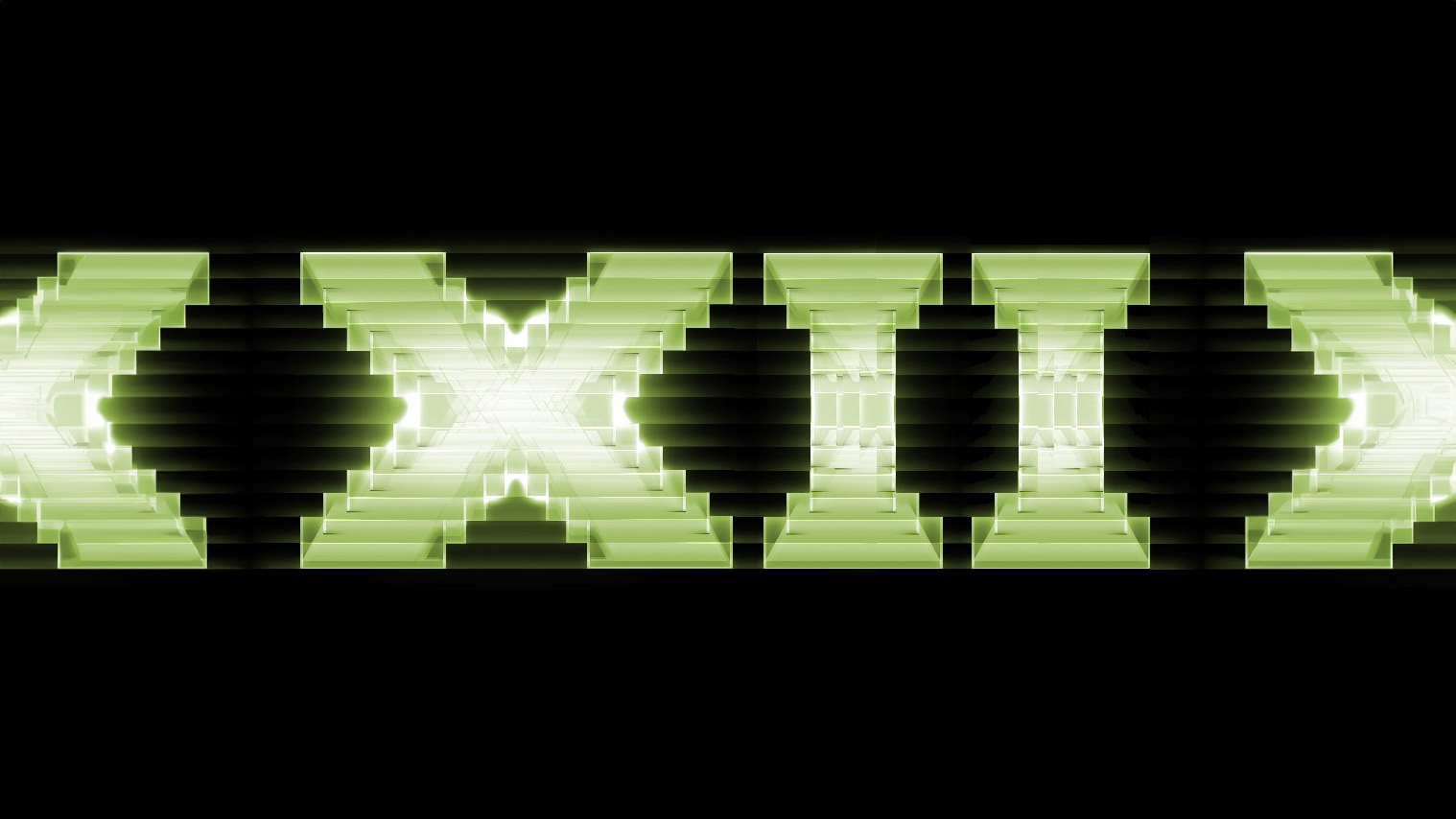Microsoft's 'missing link' for PC and Xbox gaming will finally put upscaling woes among developers to rest
Microsoft is working with Nvidia, AMD, and Intel to enhance video upscaling support across Windows and Xbox games with its DirectSR tech.

What you need to know
- At GDC 2024, Microsoft revealed its DirectSR (Direct Super Resolution) API, designed to simplify the upscaling implementation process for developers.
- The cutting-edge tech will support both the Windows and Xbox ecosystems.
- DirectSR suppports multiple upscaling techniques with a standard interface.
- New upscaling techniques with new parameters will be incorporated via an update to facilitate additional support.
We all know the crucial role video upscaling plays in gameplay and general performance. Microsoft has been instrumental in ensuring that developers can unlock the full potential of your computer's hardware via its DirectX software.
Toward the end of last month, we learned that the tech giant was gearing up to unveil DirectX 'DirectSR' super-resolution graphics tech at the just-concluded GDC 2024. Microsoft's program manager, Joshua Tucker, described the technology as the “missing link” between games and super-resolution technologies. The concept behind DirectSR is to simplify the upscaling implementation process.
Most modern PC games are somewhat resource-hungry and demand some of the latest tech, including CPUs and GPUs. But Microsoft's cutting-edge DirectSR technology aims to bridge this gap, at least according to Dev Manager at Microsoft's Direct3D division, Shawn Hargreaves (via 4Gamer). It's worth noting that NVIDIA, AMD, and Intel all collaborated to bring this technology to fruition.
Microsoft's DirectSR tech supports multiple upscaling techniques, thus making it easier to leverage its capabilities on games, ultimately lessening the burden for developers. The tech is expected to ship as part of Direct SuperResolution and will be supported across Windows PCs and Xbox consoles. However, other versions of the tech will be limited to specific GPU and NPU models.
Developers will be required to provide the following list inputs for the algorithm:
- Source color image
- Source depth
- Source image region (optional)
- Motion vectors
- Motion vectors scale
- Camera jitter
- Exposure and Pre-Exposure
- Exposure scale texture
- Ignore history mask
- Reactive mask
- Sharpness
- Image regions
Microsoft intends to take a load off the developers' shoulders by handling most of the groundwork, including all the parameters that might be required for upscaling. This way, it will be easier for the developer to identify and select the specific technique they'd like to use, ultimately making the implementation process simpler.
If a new upscaling technique is released with new parameters, the DirectSR runtime can easily be updated to reflect the same. To this end, it remains unclear when Microsoft will ship the tech to general availability, but it's already in the development phase.
Get the Windows Central Newsletter
All the latest news, reviews, and guides for Windows and Xbox diehards.

Kevin Okemwa is a seasoned tech journalist based in Nairobi, Kenya with lots of experience covering the latest trends and developments in the industry at Windows Central. With a passion for innovation and a keen eye for detail, he has written for leading publications such as OnMSFT, MakeUseOf, and Windows Report, providing insightful analysis and breaking news on everything revolving around the Microsoft ecosystem. While AFK and not busy following the ever-emerging trends in tech, you can find him exploring the world or listening to music.
-
NoLifeDGenerate Personally, I always hated DirectX and wish more devs would stick with Vulkan and OpenGL instead of being dependent on MS and letting them always have that weird hold on PC gaming.Reply
I also want to know why consoles are always capable of running new games without a GPU update every other week like PC? Why can't PC devs color between the fucking lines like console versions of the games instead of requiring GPU makers to keep bloating and tweaking the drivers constantly? They're all using the same 3 or 4 game engines nowadays anyway FFS.
